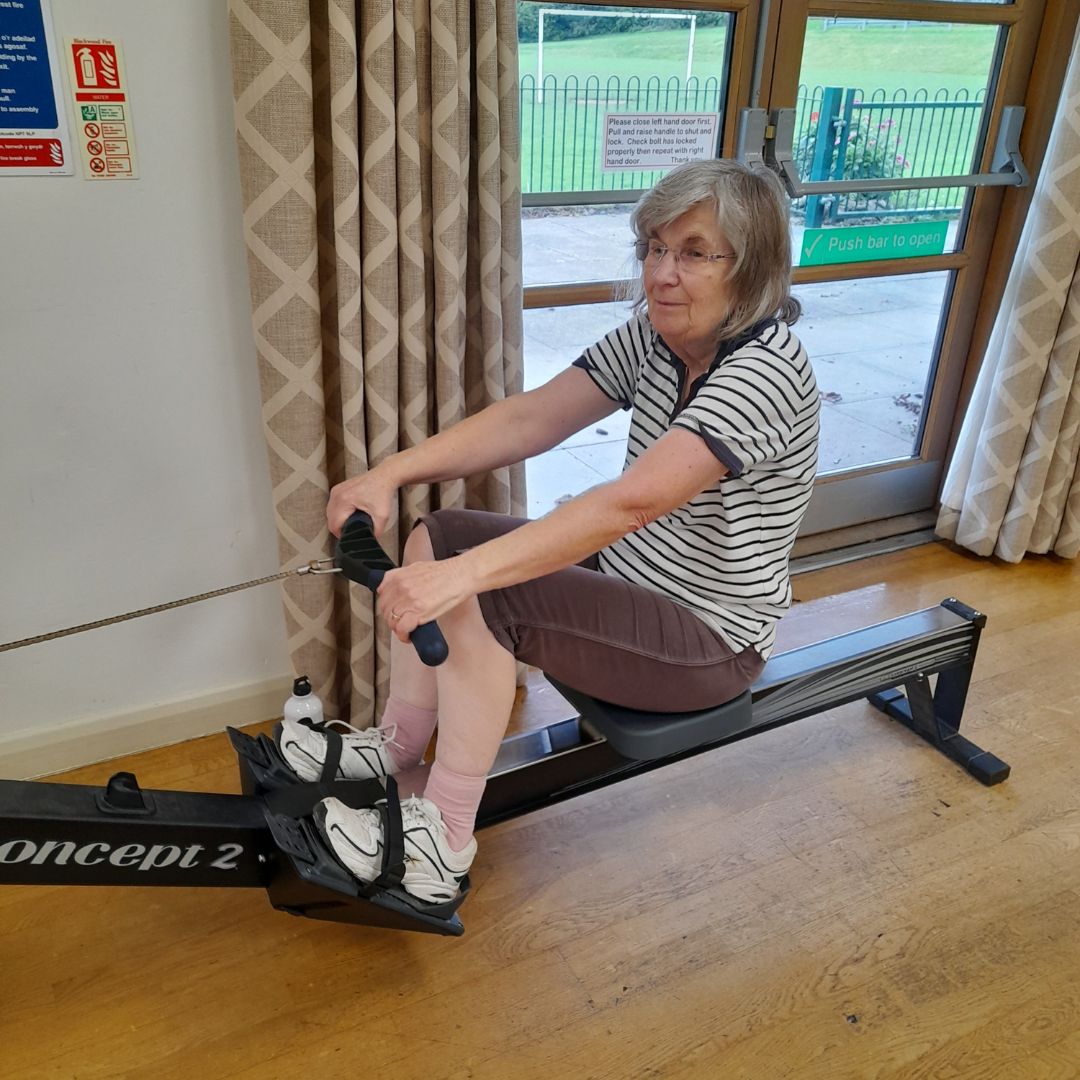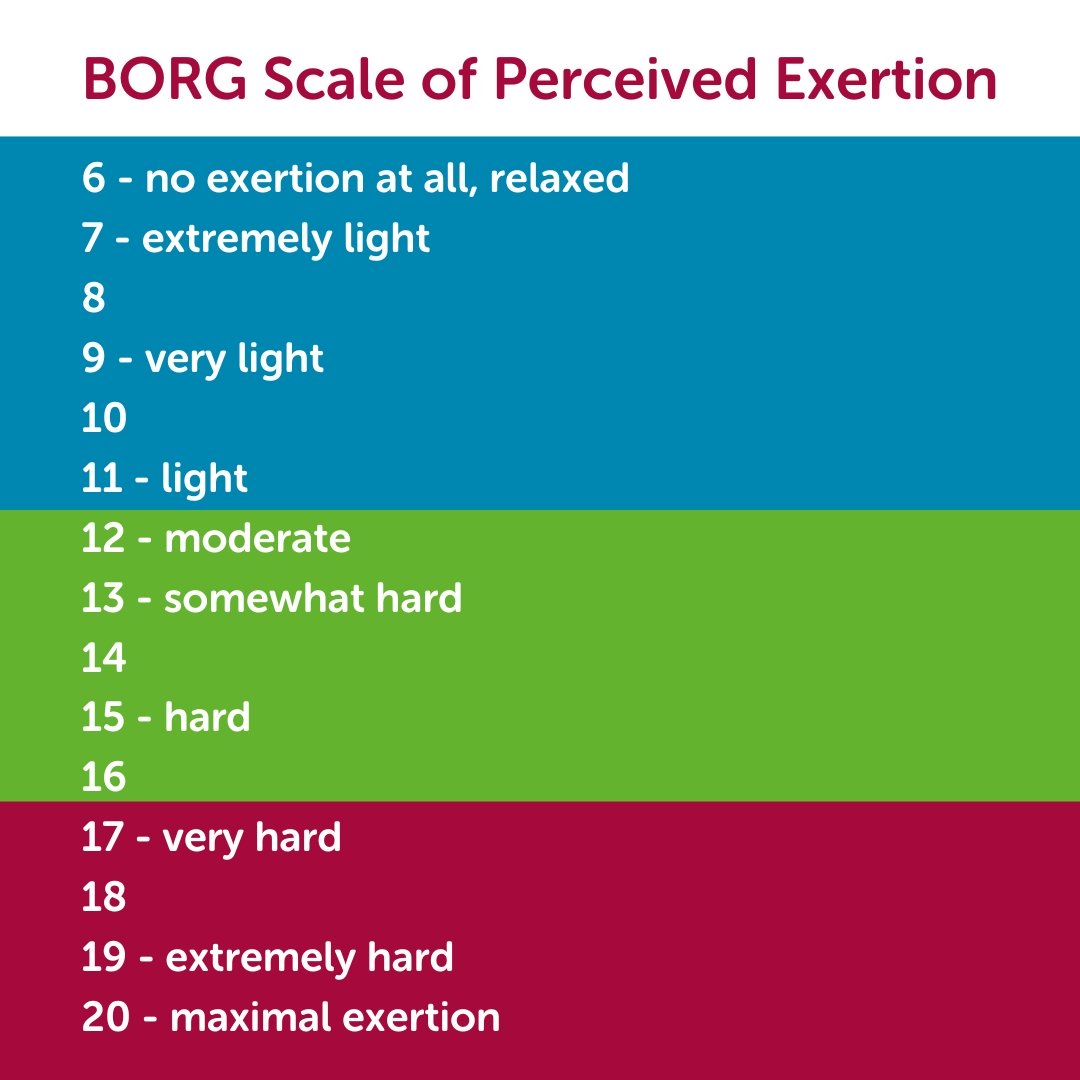After Fiona was diagnosed with apical hypertrophic cardiomyopathy (AHCM), she underwent cardiac rehabilitation, a medically supervised program designed to improve cardiovascular health. We asked Fiona some questions about her cardiac rehab experience.
Q: What is your experience with cardiac rehab?
I was diagnosed with apical hypertrophic cardiomyopathy (AHCM) after I discovered I might be at risk. My GP listened to my heart and after detecting a heart murmur, I was sent for further investigation and diagnosed with AHCM. I was persuaded by a friend that I could be eligible for cardiac rehab, so I asked my cardiologist who then referred me.
It took a few months before I was called to my initial interview with a nurse and a physio to decide whether I was suitable. There were interesting questions here and for the first time, I felt I was being listened to. I had previously filled in an assessment of my condition, medication, how I felt etc. They also talked about my mental state at being diagnosed, and other health issues. This enabled me to have various blood tests including cholesterol.

Having passed the first hurdle my fitness was assessed. First, they tested my blood pressure and took my pulse. The test was walking between two lines whilst monitoring my pulse as I sped up. Finally, my blood pressure and pulse were retaken.
Q: What does cardiac rehab involve?

We had one class a week for eight weeks consisting of a talk and exercises. My blood pressure was retaken as well as my pulse by the wrist (to check that the beats were even). We were asked ‘How have you all been this week?’ and ‘Are you happy to exercise?’. I was then introduced to the Borg RPE scale of exercise (pictured). When you warm up, the breathing rate goes up, and your muscles are working, but you can carry on for a long time – this is ‘light’. Exercising at moderate, maintainable intensity is ‘somewhat hard’. Avoid hard (‘heavy’) exercise which is not maintainable.
We warmed up on either the bicycle or treadmill for ten minutes. Each patient had a list of exercises to do, these were based on the individual’s condition, age, sex etc. Some exercises we were to repeat several times, others for a length of time.
The staff were very diligent and attentive, when I put more effort into trying to walk my fastest, the staff were over like a shot, checking if I could hold a conversation and checking my heart rate. We then had to assess each exercise against the Borg chart, and for the first few sessions, we used an oximeter to check our pulse. As the sessions progressed the intensity of your exercises was increased, e.g. a higher step, longer times, more lifts, or heavier weights.
Although our blood pressure wasn’t taken every week the questions were asked, and several people were taken off the course for health concerns. At the end of the sessions, we cooled down on the treadmill or bicycle, followed by a short session of Tai Chi. The total session time was about two hours.
A week after the last session I had my fitness reassessed by the physio and brought in a newly filled-in assessment form. I was happy to find out that I was fitter. 10 days later I talked to the nurse, she later sent me a very useful CD on relaxation and breathing exercises. I had already been sent a list of their exercises, as well as stretching exercises, Tai Chi, and other useful information.
Q: What benefits has cardiac rehab had for you?
From my experience with cardiac rehab, I have learnt that it is a lot more than just exercise. Each week we had a 30-minute talk on different topics including exercising safely, medications, diet, cholesterol levels, stress when you are first diagnosed and after, and the next steps after completing cardiac rehab.
I learnt a lot about how to exercise safely including the importance of keeping hydrated. I was very surprised that my heart rate increased to up to 90 or so during the light warm-up. After 7 minutes it then went down to 70 whilst still warming up. I found Tai Chi great for ending my sessions, and although I felt that I had exercised I had no ill effects.
Q: What happens when you finish cardiac rehab?
Since completing my cardiac rehab, I have continued to exercise as part of my daily life. I walk often and continue with my stretching exercises and Tai Chi. I have learnt to think before and during exercise to make sure that my heart is operating and engaging before pushing myself.
Mentally, I feel a lot more confident and in control of my condition. If there is a blip, I have learnt tools to help, for example, breathing and relaxation techniques. I am in control rather than my heart.
Many thanks to the cardio rehab staff at Nevill Hall Hospital, Aneurin Bevan Health Board, Wales.
If you have any questions and would like to speak to someone, our specialist nurses are available to talk on our helpline at 0800 018 1024, Monday – Friday 08.30am-16.30pm.